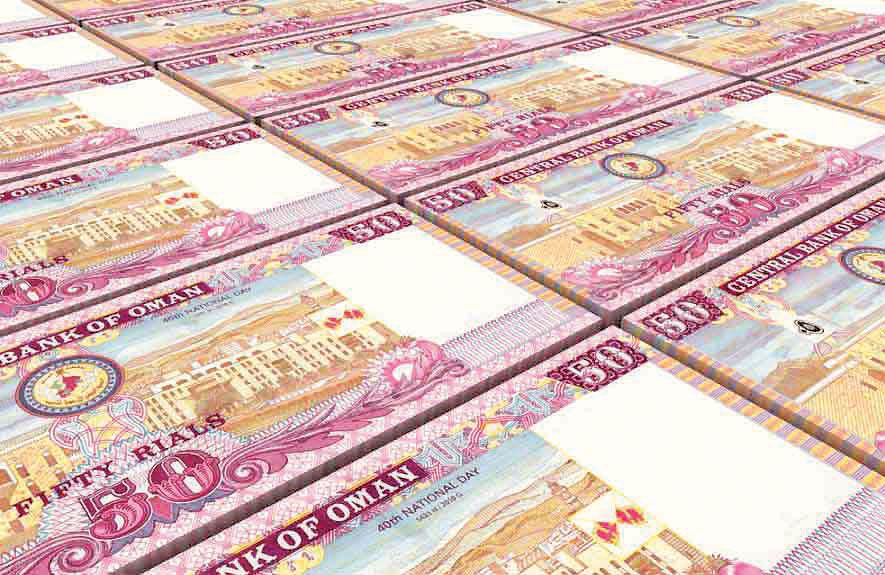

MUSCAT, AUG 11 - Remittances by expatriate workers in the Sultanate fell for the second year in succession to RO 3.774 billion in 2017, down from RO 3.965 billion a year earlier, the Central Bank of Oman (CBO) revealed in its newly released Annual Report for last year. The apex bank attributed the 4.8 per cent decline in remittance outflows to “increased domestic consumption” by foreign workers, as well as “muted growth in expatriate employment”. While expatriate jobs in the private sector grew 6 per cent last year, this growth was predominantly seen in low-paying, unskilled sections of the labour force. Consequently, any uptick in remittance outflows as a result has been negligible, according to experts.
Worker remittances have been growing year on year to peak at RO 4.226 billion in 2015, just before the slump in international oil prices that has contributed to the current economic downturn in Oman and across much of the oil-producing world. A reduction in the minimum salary threshold for expatriates to bring their families as dependents — from RO 600 to RO 300 — has led to growing numbers of foreign workers opting to bring their families to the Sultanate. Consequently, a sizeable part of their monthly incomes are now expended in-country rather than remitted back to their home countries.
The hefty size of expat remittances has long been an issue of concern for Oman’s fiscal authorities because they are seen as contributing to the leakage of domestic savings. This leakage typically takes place in the form of net outflows under investment income (net interest and dividend payments on external liabilities) and remittances by foreign workers. However, the quantum of leakage in domestic savings has declined over the past two years, according to the CBO.
“Expatriate worker remittances have been worth approximately RO 4 billion, while the net interest and dividend payments have been coming down due to the lower payment of dividends on foreign direct investment reflecting the economic slowdown,” the apex bank said in its latest report.
“However, a comparison between gross domestic savings and gross national savings as a ratio of GDP reveals that the former exceeded the latter by 18.6 percentage points in 2016, thus pointing to a sustained leakage of savings out of the country. Gross capital formation rate at 29.2 per cent was much higher than the gross national saving rate of 13.7 per cent, and hence, the gap was funded by external savings and disinvestment of foreign assets abroad, which reflected in current account deficit. The current account deficit increased from RO 4.2 billion in 2015 to 4.7 billion during 2016 but subsided to about RO 4.1 billion in 2017,” the Central Bank stated.
Conrad Prabhu
Oman Observer is now on the WhatsApp channel. Click here



